Category
Blog
Date
March 13, 2023
Author
Marco


You must comply with certain rules and regulations if you live in a rural or suburban area in the UK and have a septic tank, cesspit, or sewage treatment plant. Failure to comply will not only affect the environment but may also result in legal action against you. Let us look at what septic tanks are and what are the regulations governing these installations.
A septic tank is a treatment system for wastewater commonly used in rural and suburban areas with no municipal sewer system. The tank is typically made of concrete, plastic or fibreglass and is buried underground. Wastewater from the household (including toilets, sinks, and other drains) flows into the septic tank through an inlet pipe. Inside the tank, the wastewater is separated into three layers: solid waste (sludge) sinks to the bottom, liquid waste (effluent) floats to the top, and a layer of partially clarified wastewater (scum) is in the middle. The septic tank stores the wastewater for some time, allowing the solids to settle to the bottom and the scum to float to the top. Bacteria in the tank help break down the solid waste, and the liquid effluent is discharged through an outlet pipe into a drainage or leach field, where the soil and vegetation further treat it. Septic tanks require regular maintenance, including periodic pumping, to remove the accumulated sludge and scum. The pumping frequency depends on the tank’s size, the amount of wastewater generated, and other factors.
Septic tanks are typically needed in suburban or rural places without access to a municipal sewer system. In these areas, individual properties or small groups of properties often rely on septic tanks to treat and dispose of their wastewater. Septic tanks may also be used in areas with low population density, where installing a sewer system is not economically feasible. They may also be used in difficult soil conditions, such as rocky or steep terrain, where installing a drainage or leach field is impossible. In general, septic tanks are used where the soil can absorb and treat the effluent from the tank. The soil acts as a natural filter, removing pollutants and bacteria from the effluent before entering groundwater or surface water. It is important to note that septic tanks should not be used in areas where the soil is too permeable (such as sandy soils), where the groundwater is too high, or where there is a risk of contamination of nearby wells or waterways. Proper siting, design, installation, and maintenance are critical to ensuring that septic tanks function properly and do not pose a risk to human health or the environment.
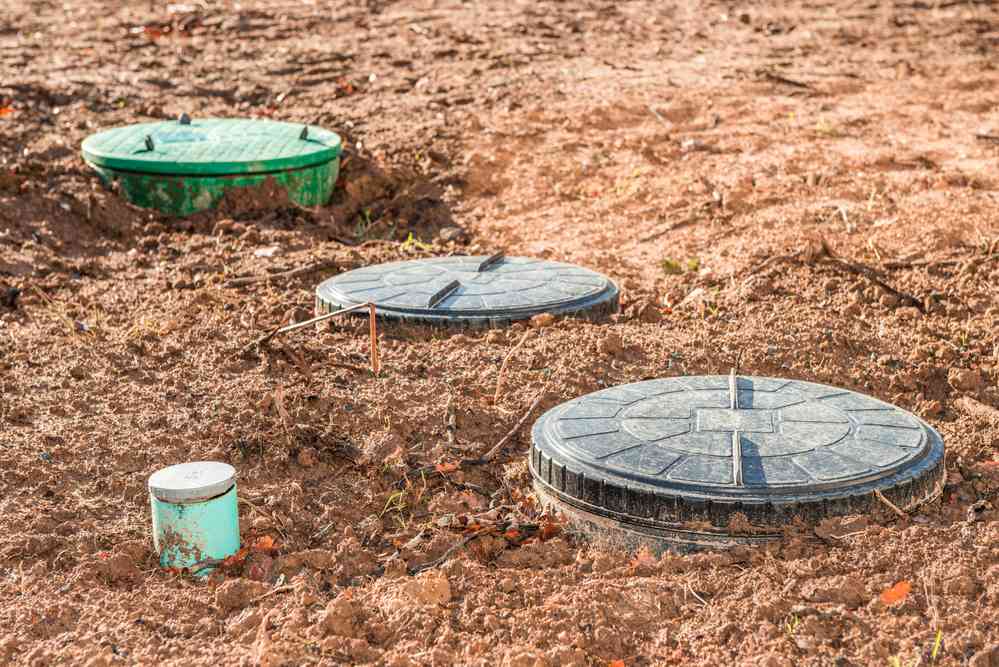

In the UK, septic tank regulations are in place to ensure that septic tanks are installed and maintained safely and environmentally friendly. The regulations apply to domestic and commercial properties that use septic tanks for wastewater treatment.
Here are some of the key regulations that apply to septic tanks in the UK:
If you plan to install a new septic tank, it is essential to ensure that you comply with all the relevant regulations. You may need to obtain planning permission, and you will also need to comply with building regulations. It is advisable to seek advice from a qualified professional to ensure your septic tank is installed safely and meets all the requirements.
In the UK, the regulation of sewage treatment plants is primarily governed by the Environmental Permitting Regulations 2016 (EPR) and the Water Industry Act 1991. The EPR sets out the rules for discharging effluent from sewage treatment plants and other environmental activities. If the plant is designed to treat over 50 population equivalent (PE), an environmental permit is required from the environmental regulator (the Environment Agency, Natural Resources Wales, or the Scottish Environment Protection Agency). The permit sets out specific conditions the plant operator must meet, including limits on the discharge of pollutants such as suspended solids, ammonia, and phosphorus and requirements for monitoring and reporting on the effluent quality.
For plants that treat less than 50 PE, the operator must comply with the General Binding Rules (GBRs) for small sewage discharges. The GBRs require that the effluent is sufficient to protect water quality and that the discharge is to a suitable watercourse or soakaway and does not cause pollution. In addition to the regulations, codes of practice and guidelines provide further guidance on sewage treatment plants’ design, operation, and maintenance. These include the British Water Code of Practice for the Design, Installation, and Operation of Small Sewage Treatment Plants and the Environment Agency’s Good Practice Guide for Small Sewage Treatment Plants. Overall, compliance with sewage treatment plant regulations is essential to protect the environment and public health and to ensure that the effluent discharged from the plant is of sufficient quality.
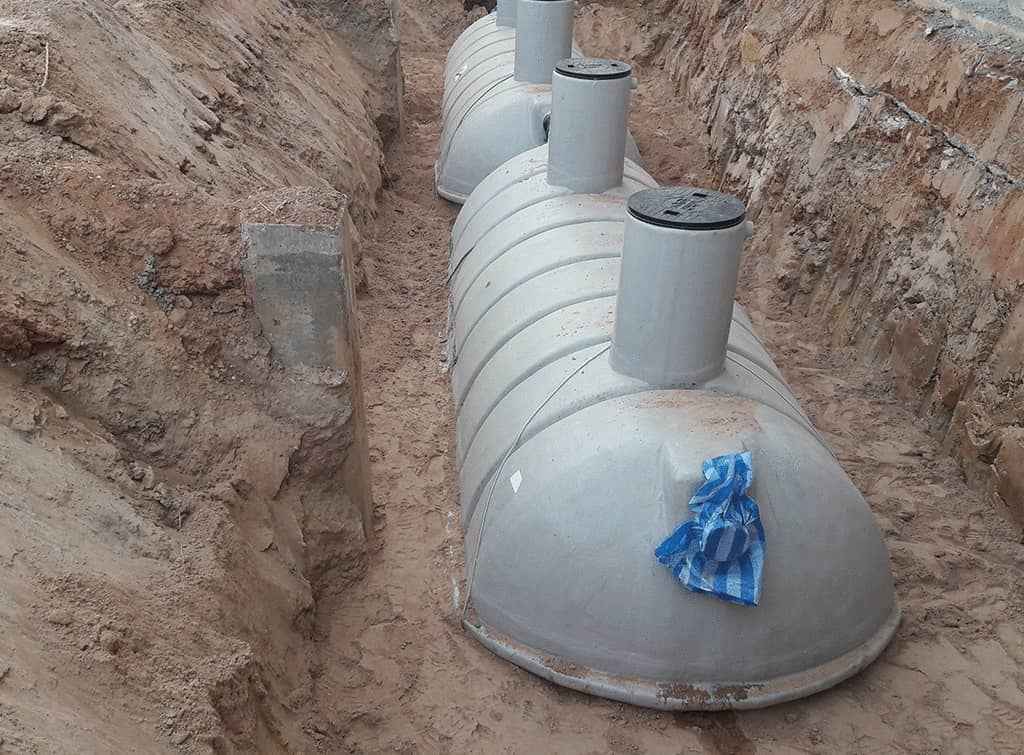

In the UK, the regulation of cesspits and cesspools is primarily governed by the General Binding Rules (GBRs) for small sewage discharges.
A cesspool is a sealed underground tank that collects and stores sewage until it is removed for off-site treatment. Cesspits are similar but are usually smaller in capacity and do not have an outlet for the effluent to drain away.
Under the GBRs, a property owner can use a cesspool or cesspit to treat sewage only if it is the only feasible option and there is no other way to discharge the effluent from the property. The discharge must not cause pollution or harm to human health, and a licensed waste carrier must transport the effluent off-site for treatment.
The regulations require a licensed waste carrier to empty the cesspit or cesspool regularly. The tank’s size and the number of people using the system determine the emptying frequency. The waste carrier must provide a waste transfer note to the property owner, which should be retained for at least two years.
Suppose the cesspool or cesspit is polluting the environment or posing a risk to public health. In that case, the environmental regulator (such as the Environment Agency in England and Wales) can require the property owner to change the system or even prohibit its use altogether.
In summary, cesspits and cesspools can only be used in specific circumstances. The regulations require that they are regularly emptied and that a licensed waste carrier transports the waste, ensuring that the effluent does not cause pollution or harm human health.
Failing to comply with septic tank regulations in the UK can result in a range of legal and financial consequences and potential risks to human health and the environment. Some possible consequences of non-compliance with septic tank regulations in the UK include:
Non-compliance with septic tank regulations is a legal offence, and local authorities or environmental regulators can take legal action against property owners who do not comply. This can include fines, legal notices, and even prosecution.
Septic tanks that are not adequately maintained or sited can lead to contamination of soil and water, which can harm wildlife and have a negative impact on the environment.
Untreated or poorly treated sewage can pose a severe health risk to humans and animals and can spread disease and infection.
Non-compliance with septic tank regulations can result in a reduction in the value of the property, as it can make it more difficult to sell.
To avoid these consequences, it is necessary to comply with septic tank regulations in the UK, including ensuring that the tank is adequately sited and installed, regularly maintained and emptied by a licensed waste carrier, and the effluent is discharged following local regulations. Property owners can consult with local authorities or environmental regulators to ensure that they are complying with all relevant regulations and guidelines.

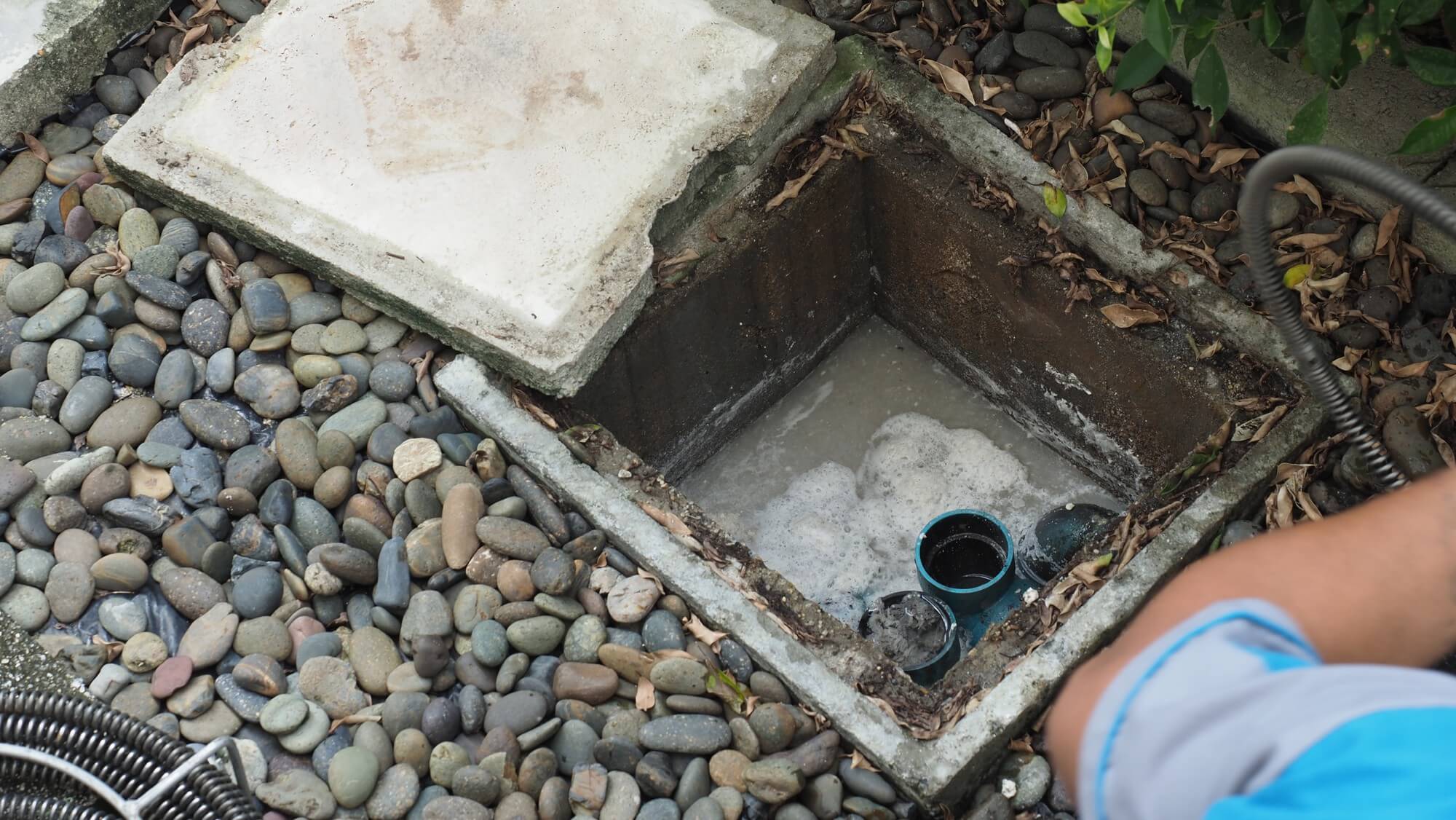
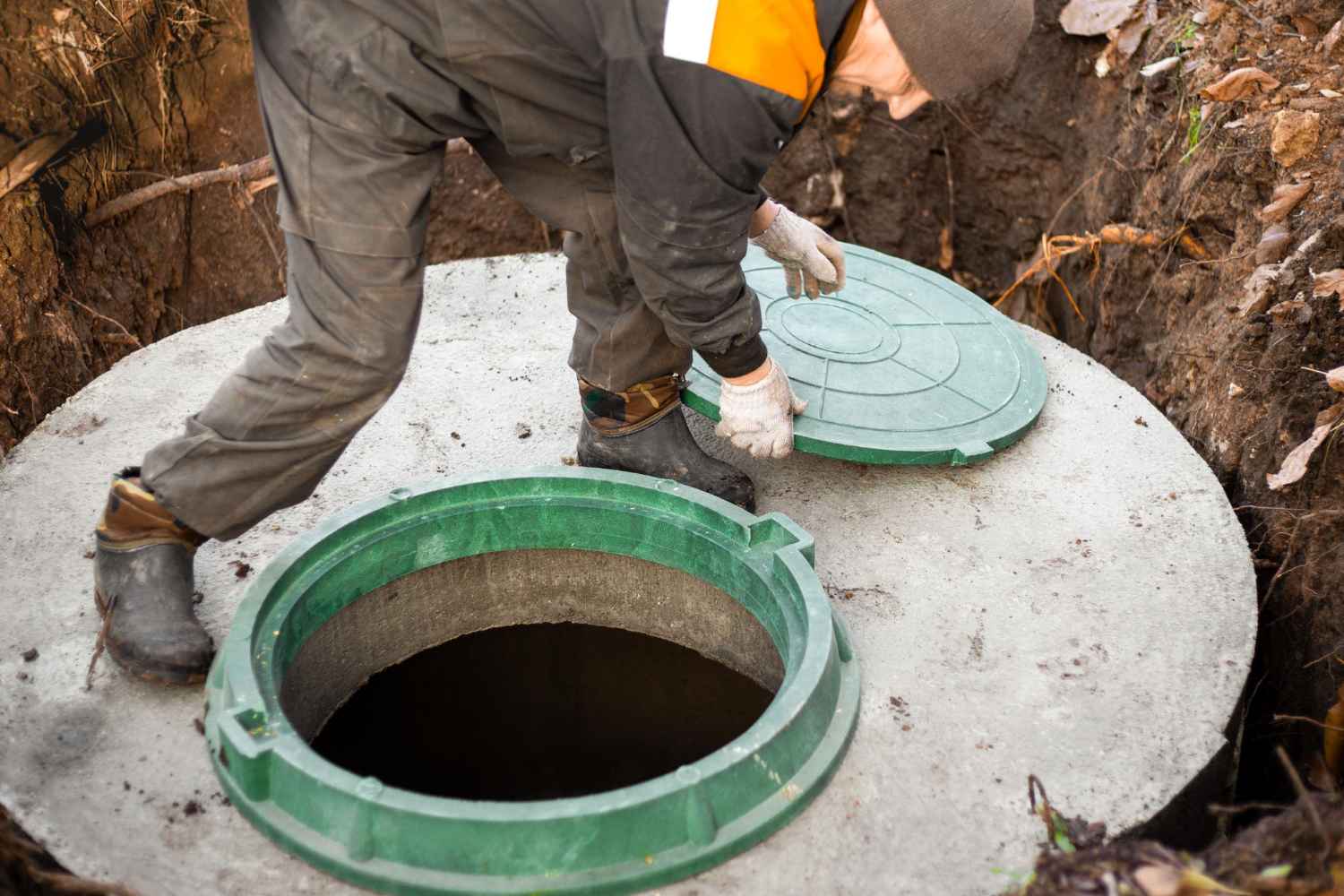

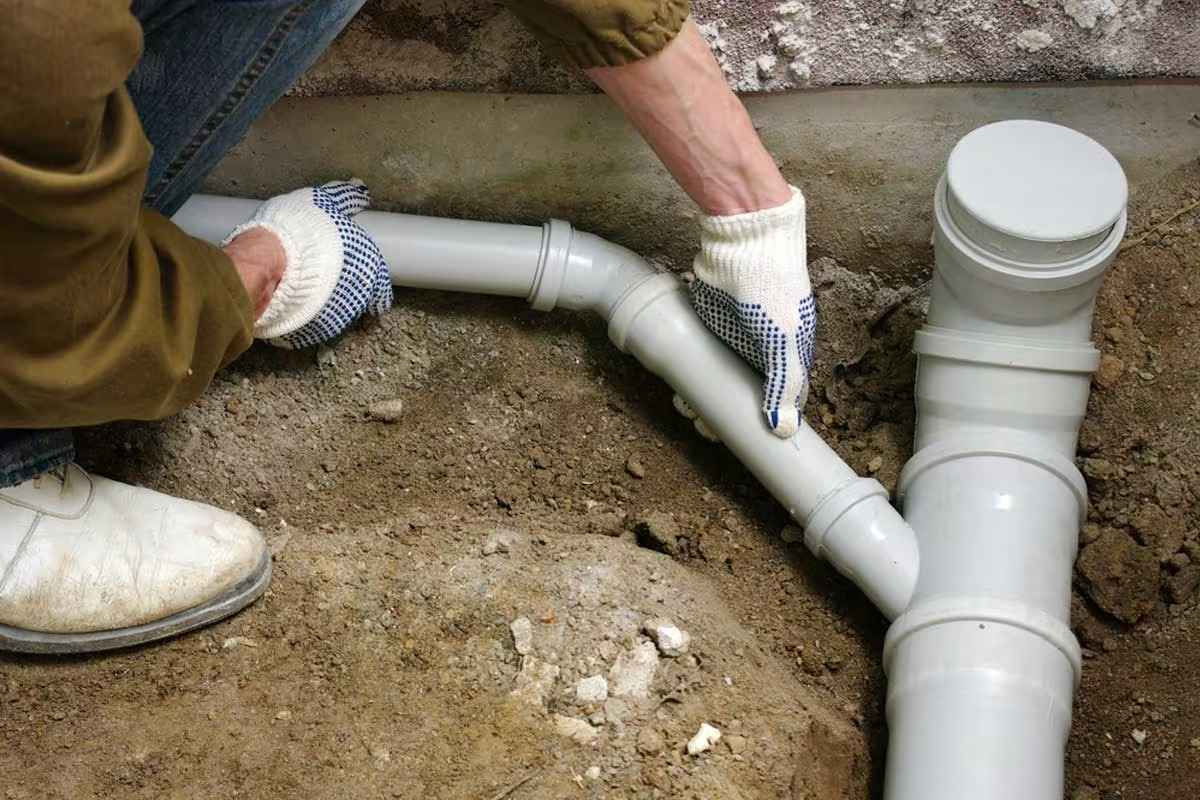
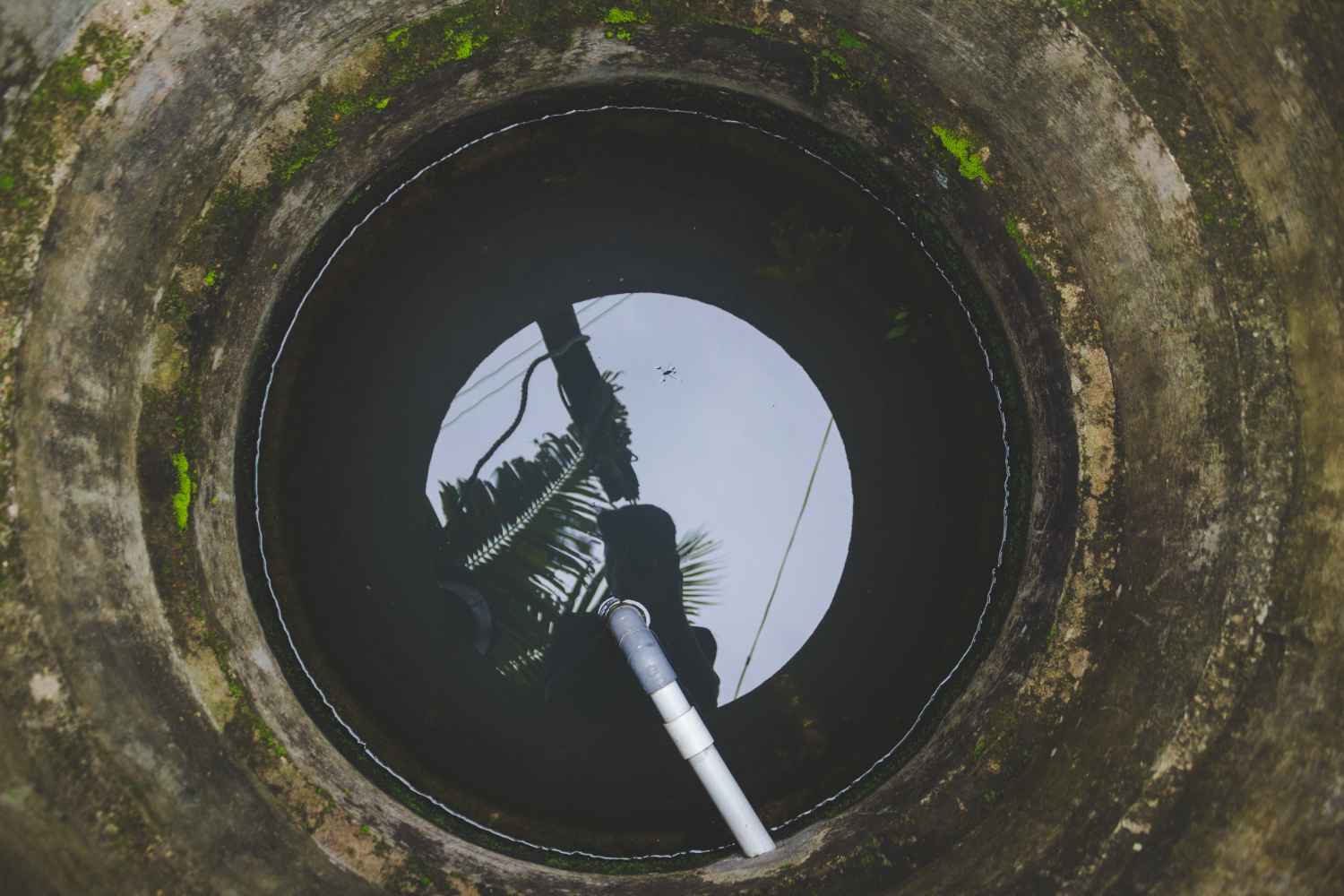
Areas we cover
Basingstoke | Southampton | Guildford | Bournemouth | Poole | Portsmouth | Crawley | Dorchester | Peterborough | Newbury | Christchurch | Gillingham | Swindon | Winchester | Reading | Oxford | Slough | Abbotswood | Sterte | Ascot | Stoughton | Broadstone.